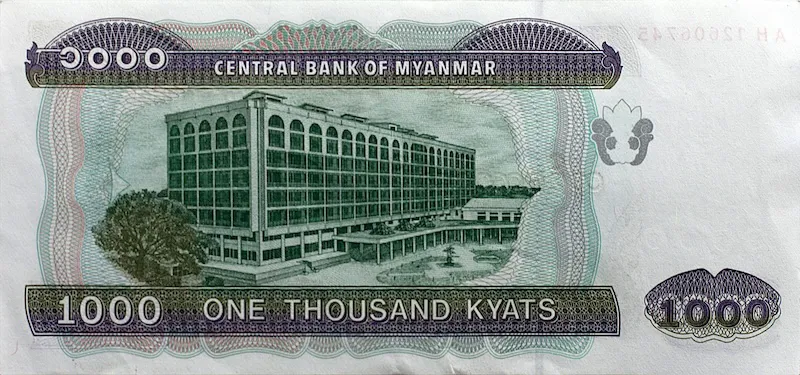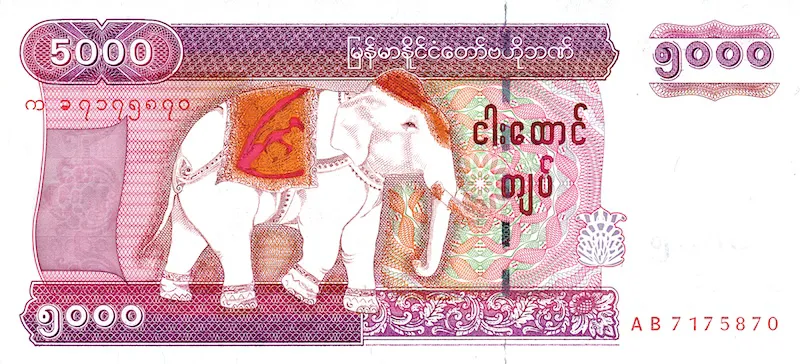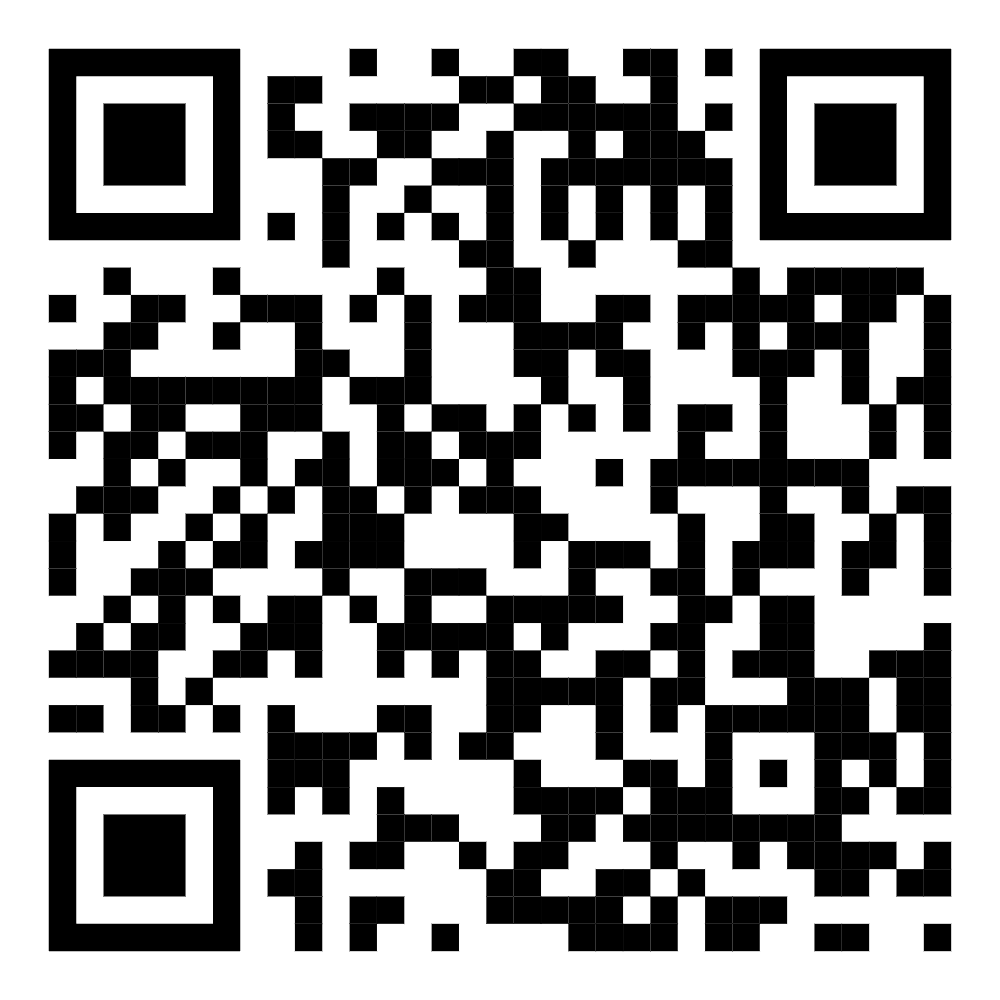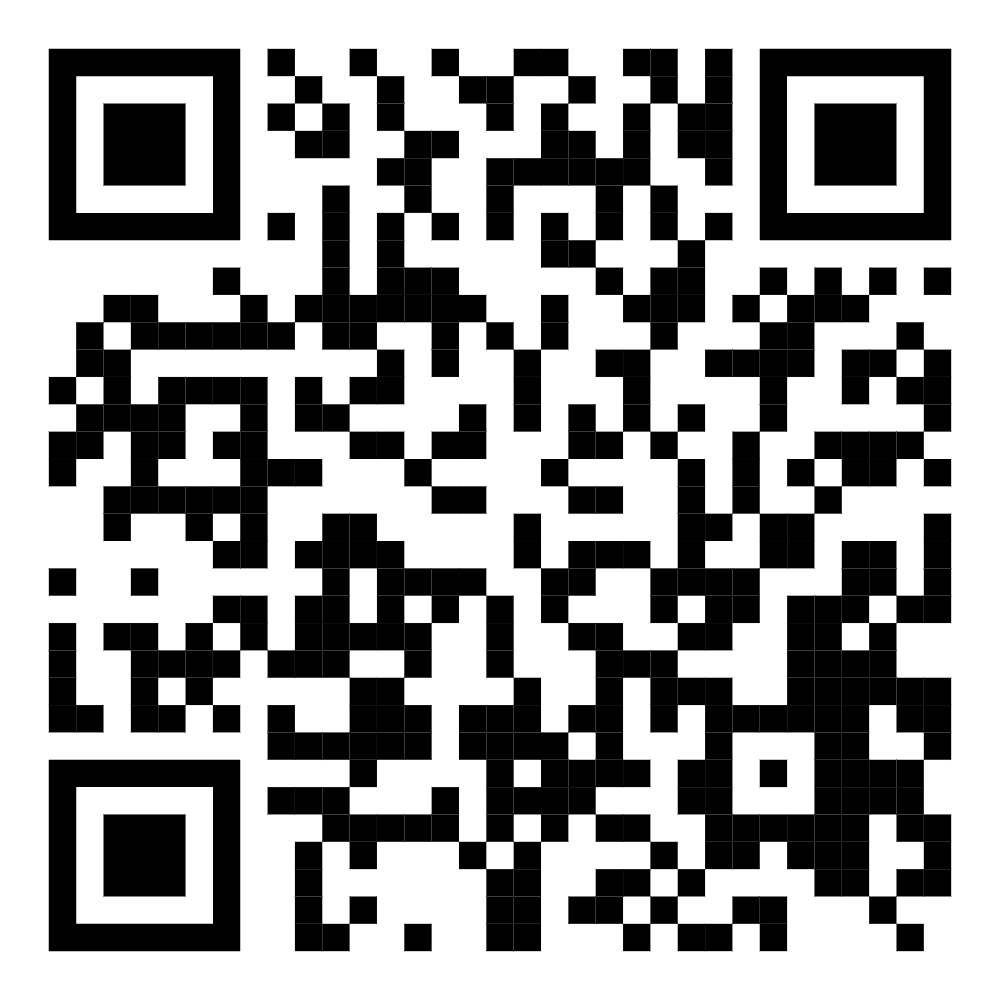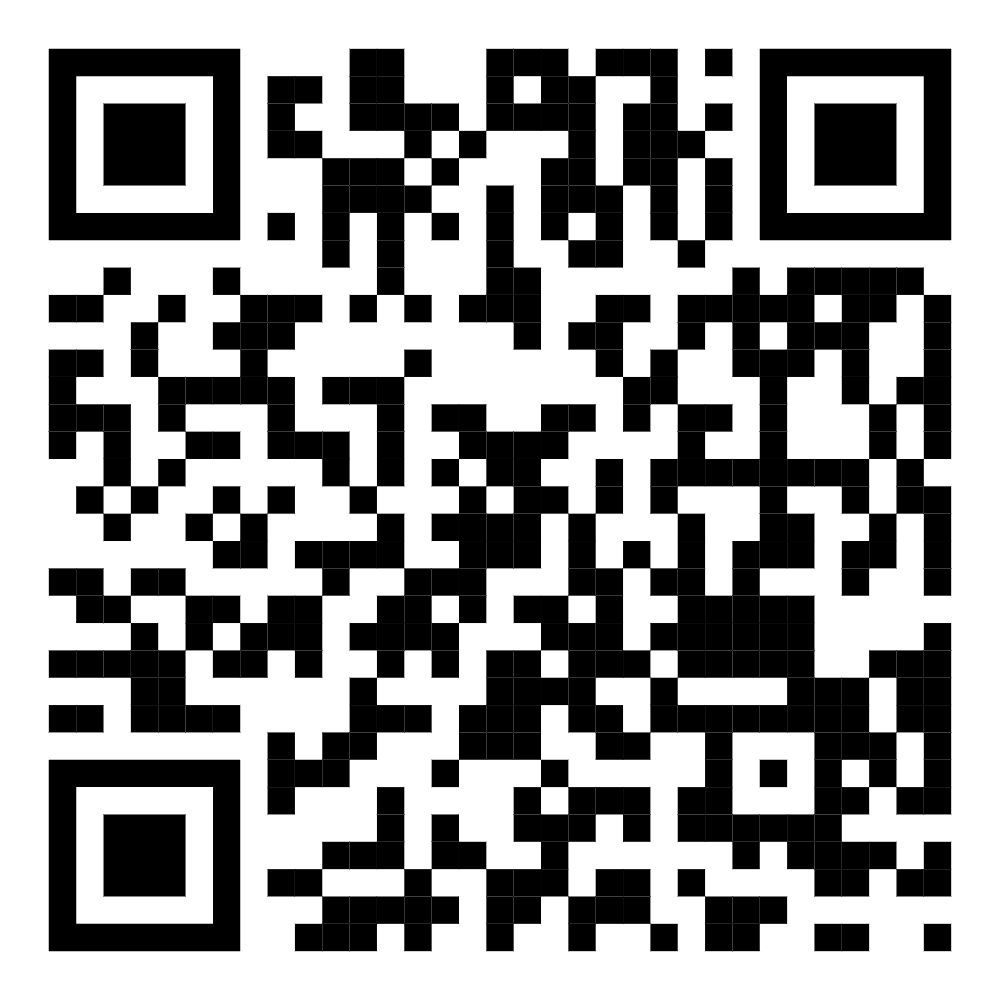I developed the Bank Notes as an AR installation that overcame self-censorship and potential risk within the past two years. In that version, the virtual artworks that appeared on the bank notes were two-dimensional images. These images included reproduced photo collages using found images on social media: air strikes, article numbers from national constitutions, the mother figure representing the image of Myanmar whose ears, eyes, and mouth are shut, bullets, and hermit crabs being replaced on white elephants on the bank notes.
The Banknotes (Yazathat II)
Augmented reality installation on Banknote
2022-23
Click images to scan AR.
Recognizing how the demonetizations of banknotes in 1964, 1985, and 1987 impacted its economic hardship and repression, the artist uses the banknote as a medium to spread atrocities, war crimes, and human rights violations of the Myanmar Military Regime outside of the art gallery.
General Nay Win, military dictator of socialist Burma (1962-1988), demonetized the 100- and 50-kyat notes in 1964—the first of the three demonetizations under the socialist regime. The act allowed people to compensate up to 500 kyats leading to severe economic chaos.
General Nay Win, military dictator of socialist Burma (1962-1988), demonetized the 100- and 50-kyat notes in 1964—the first of the three demonetizations under the socialist regime. The act allowed people to compensate up to 500 kyats leading to severe economic chaos. Since he revered the numbers as divine powers, he issued the ’75 Kyats’, with 15 and 35 Kyats banknotes on his 75th Birthday in 1986. These kyat notes were not easy to calculate in daily usage. His government demonetized these banknotes on September 15, 1987, without prior announcement. The act rendered 75% of the monetary circulation flow and wiped out 60% of the wealth of the whole population, especially of the lower and middle-class families who saved the physical banknotes as life savings, not in a bank account. To make things worse, he introduced the 45 Kyat and 90 Kyat notes to wish himself a long life of 99 years, celebrating his 77th Birthday. That led to the 1988 uprising known as the People Power Uprising, a series of nationwide protests, marches, and riots in Burma that peaked in August 1988. Following his resignation in July 1988, his successors established a Constitutional Military dictatorship in Myanmar until now by overthrowing elected civilians. The SPDC government (1997- 2011) issued 10,20,50, 100, 200, 500, and 1000 banknotes on which it replaced political figures with the image of a mythical lion that represented its backed-up USDP party. The figures included General Aung San (founder of Modern day Burma and the Military), Sayar San (leader of the peasant revolution against the British Colony), and Tha Khin Pho Hla Gyi (leader of the oil works strike against the British Colony. By doing so, the SPDC regime tried to erase the roles of civic activism amongst Myanmar citizens and the images of the 1988 uprising.
The artist mimics the acts of Yadaya (the superstitious magical rituals that are done to delay, neutralize or prevent misfortune, widely practiced amongst military leaders) and composes omens that criticize the constitutional laws where the Military is given absolute or extreme power. He satires the Military’s urbanization and abuse of its people by the image of hermit crabs. The artists applied Augmented Reality so the viewer can experience the artworks by scanning any Burmese Kyat Banknote via a simple QR code reader web base platform
